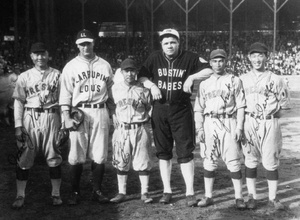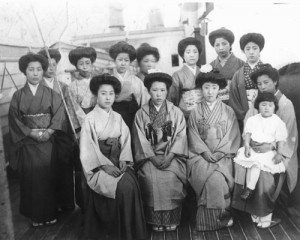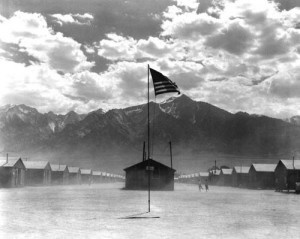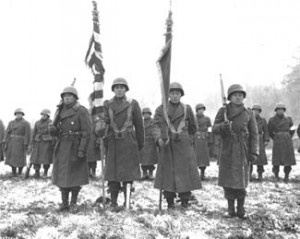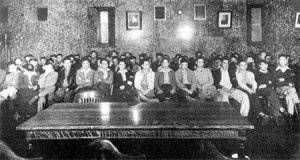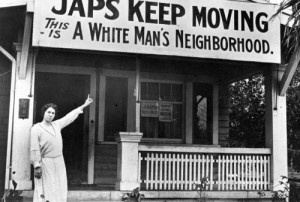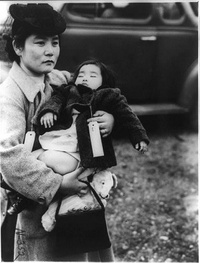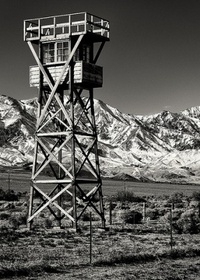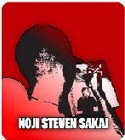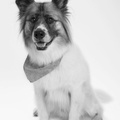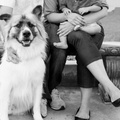Walt Disney once said, “Of all of our inventions for mass communication, pictures still speak the most universally understood language.” Pictures tell a story that even the best writer’s words could never fully describe. That’s saying a lot coming from a writer.
I wanted to “tell” the story of Japanese Americans. Here are my top 10 iconic pictures that tell my story.
#10: Japanese American Baseball
African Americans weren’t the only group of people excluded from playing in organized sports. Most people of color couldn’t play on high school teams or professional leagues. The Japanese Americans were no different. They created semi-pro leagues of their own. Here is a picture of a bunch of Japanese American baseball players posing with Babe Ruth.
#9: Picture Brides
Number 5 on the fun list “Ways to Tell if You’re Japanese American”: One of your relatives was a “picture bride” Very true. Because of racist immigration laws, many of the early Japanese immigrants were men who married and met their wives through the mail. (A very early form of Internet dating.)
#8: Barracks with an American Flag
When I think of the American concentration camps (click here to see why I use the term concentration camp) I think of lonely places in the high deserts – which means really hot in the summer and really cold in the winter. (With the exception of the two camps in Arkansas, which were remote but located in swamps.) This picture represents what life was like in the “camps”: desolate. The flag is an ironic symbol of America at its worst.
#7: Santa Anita
When I think of Santa Anita, I don’t think of horse racing. I think of Japanese Americans having lost everything and many being forced to live in horse stalls for months.
#6: Go for Broke
The 442nd regimental combat team, made up almost exclusively of Japanese Americans, was the most highly decorated regiment in military history for its size, including 21 medal of honors – this despite the fact that many of those fighting had families back at home that were incarcerated in the concentration camps. These brave veterans wanted to prove their loyalty by fighting for their country.
#5: Resisters
Bravery wasn’t only found on the battlefield. These brave Japanese American men were willing to go to jail to fight for their equal rights in a court of law. Their story has often been excluded from the Japanese American historical narrative.
#4: Racist and Proud
This picture reminds me of what happens when people let their fear and prejudice get the best of them. I don’t believe everyone back then was like this woman but there were enough of them to allow the unjust incarceration of 120,000 people.
Bravery wasn’t only found on the battlefield. These brave Japanese American men were willing to go to jail to fight for their equal rights in a court of law. Their story has often been excluded from the Japanese American historical narrative.
#3: Mother and Her Baby
To this day, some [ignorant] people still think that the Japanese Americans were sent to camps because they were spies and saboteurs. When they look at THIS picture, I wonder if they still think that. Notice the tags on their coats? Their names and prison numbers.
#2: Guard Tower
When outsiders (like Ansel Adams) visited the camps they were told not to take pictures of the guard tower. The reason? The government wanted to continue the illusion that they were not prisons. Luckily people took pictures of the guard towers and the truth about what kinds of places these were eventually came out.
#1: Barbed Wire
There is something about seeing children – American children – living behind barbed wire. It is both sad and haunting and reminds me why it is important to make sure it doesn’t happen again.
Did I miss a picture? Share with me your iconic Japanese American photo.
This article was originally published on 8Asians.com on April 10, 2012.
© 2012 Koji Steven Sakai


